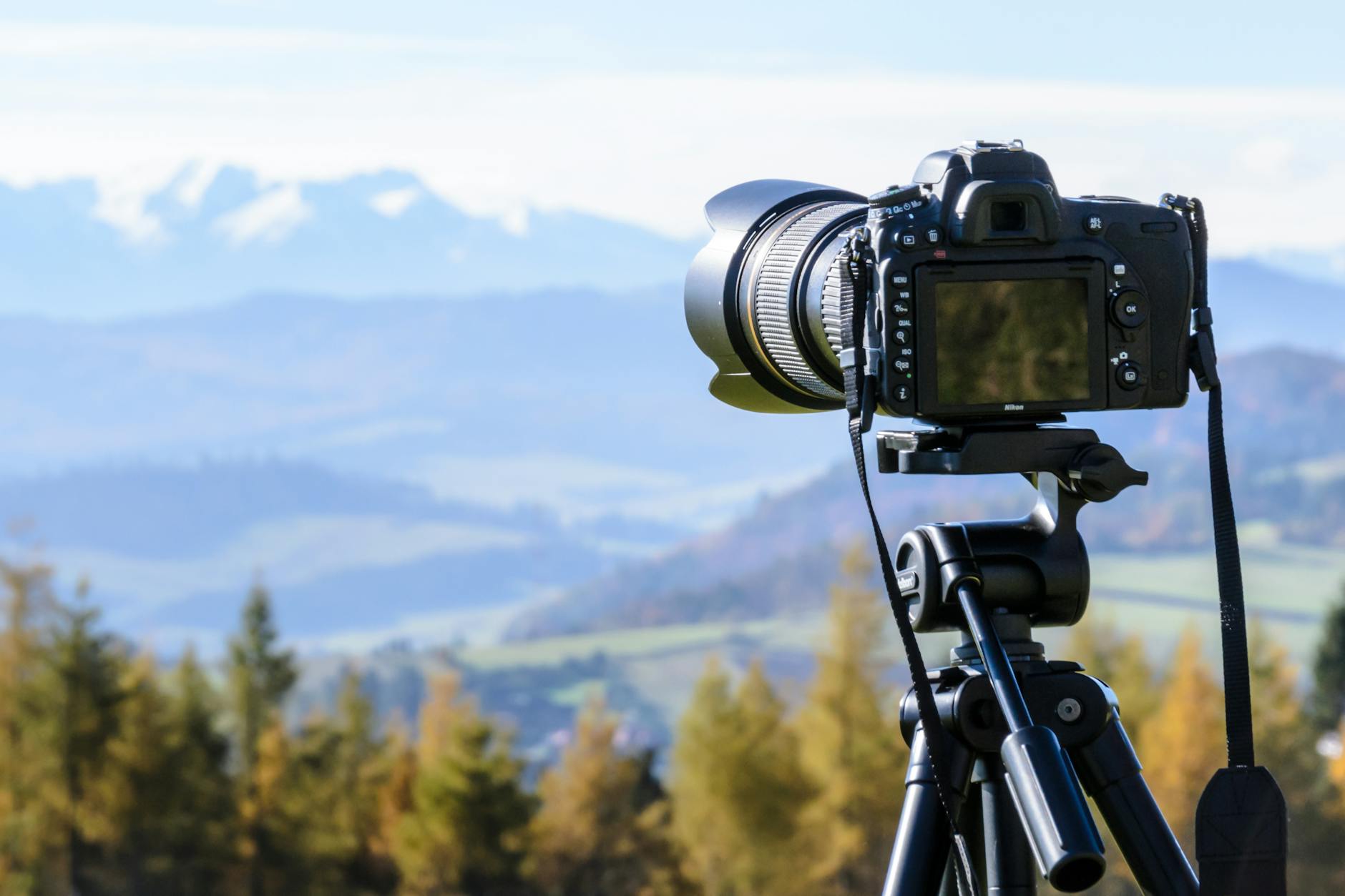
As my doctoral colleagues and I near the end of Year 2, we’re thinking more and more about writing our dissertations. While that process involves much research and planning, it also involves a whole heck of a lot of writing.
So, how do you write better? Here are three tips based on scientific evidence:
Of course, this isn’t an exhaustive list, and it doesn’t mention the most important part about becoming a good writer…
Writing. All. The. Time. The more you write, the better you’ll get. 2,000 words a day, according to Stephen King.
So, get to writing, my friends.
The Eclectic Educator is a free resource for all who are passionate about education and creativity. If you enjoy the content and want to support the newsletter, consider becoming a paid subscriber. Your support helps keep the insights and inspiration coming!
